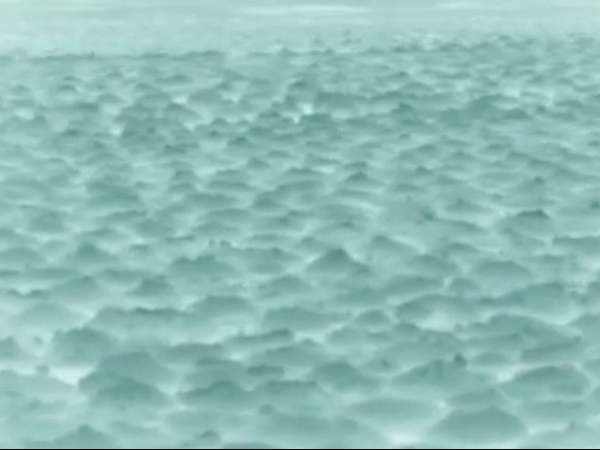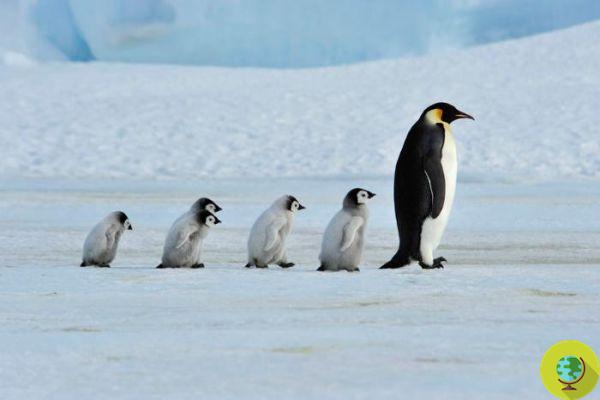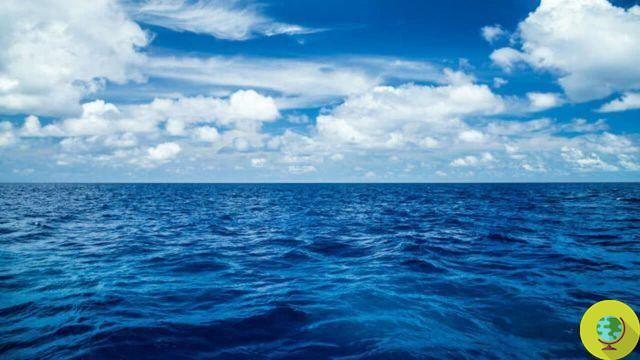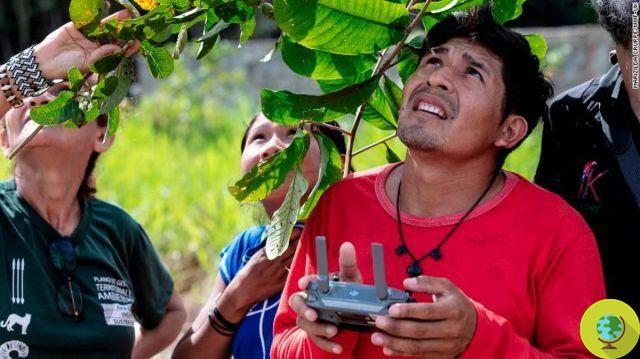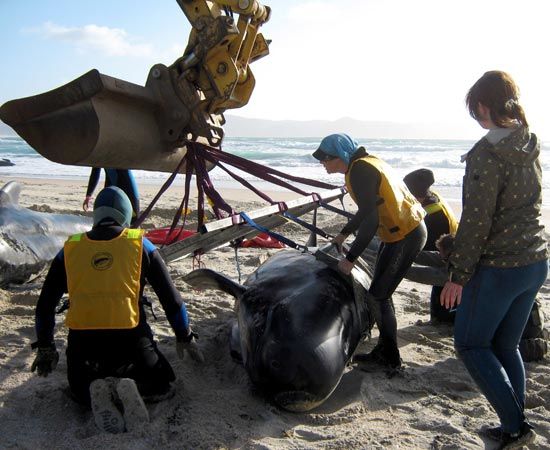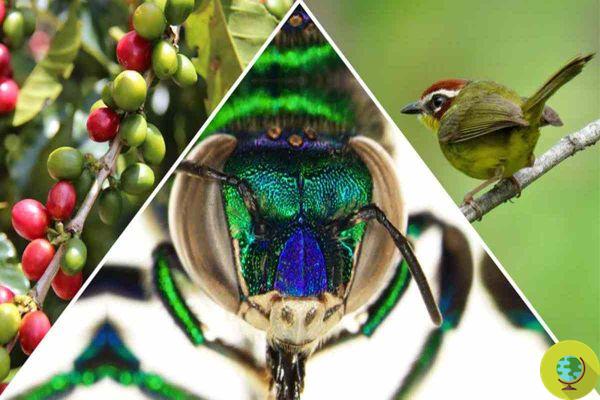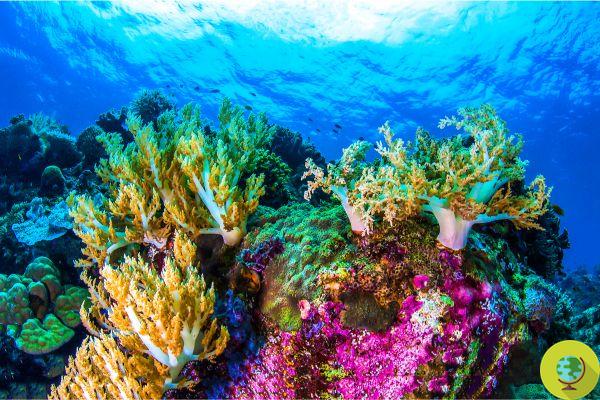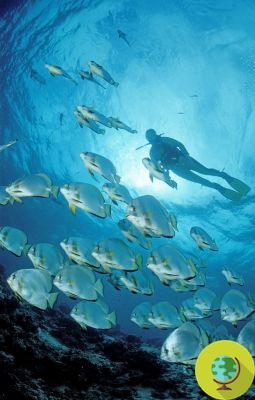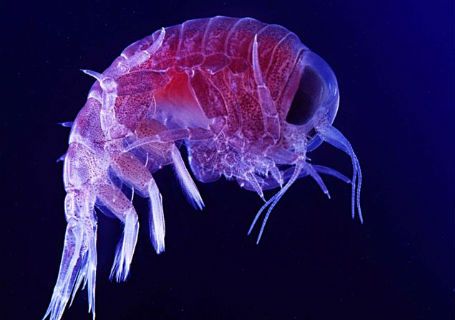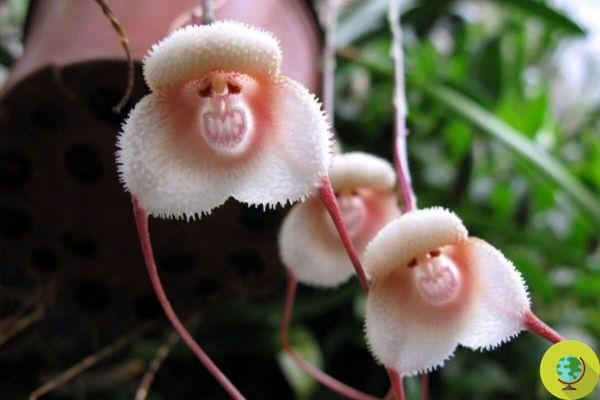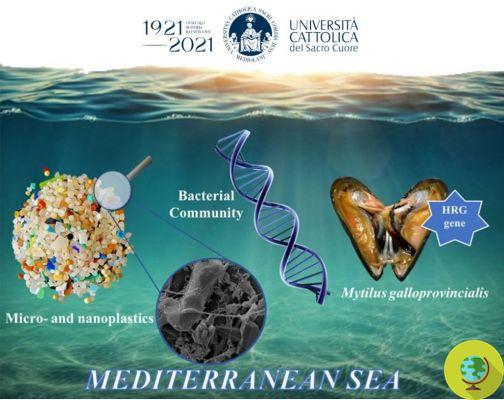
Microplastics are now invading our seas. Traces of these substances have also been found in mussels and consequently, for those who consume shellfish, on our tables and in our bodies. Unfortunately, the seemingly pristine waters of the Arctic are not exempt from the problem either.
Le microplastics they are now invading our seas. Traces of these substances have also been found in mussels and consequently, for those who consume shellfish, on our tables and in our bodies. Unfortunately, the seemingly pristine waters of the Arctic are not exempt from the problem either.
Small pieces of plastic contaminate mussels from the European Arctic to China, a sign that pollution has spread globally and increasingly risks ending up in our food as well. According to a study carried out by the Norwegian Institute for Water Research (NIVA) that precisely in the arctic waters, those that are usually considered the most pristine, found the largest amount of microplastics of the entire Norwegian coast. The average of microplastics found in Norway was 1,8 microparticles less than 5mm in length.
It is speculated that plastics could be swept north by ocean currents and winds from Europe and America, eventually circling the Arctic Ocean. Researcher Niva Amy Lusher found that:
"Microplastics have been found in mussels everywhere scientists have looked"
Previous investigations have found microplastics in the waters of nations such as China, Chile, Canada, Great Britain and Belgium. They also suggested that mussels could be a global bioindicator of microplastic pollution as mollusks live on the sea floor where many of the plastics end up and, unlike fish, always stay in the same place.
READ also: Mussels, that's why it would be better not to eat them
The impact of microplastics on marine life and humans when they eat shellfish and fish is not yet fully understood. Scientists, by and large, do not want to cause alarmism as they believe you have to eat a large amount of shellfish before you are really at risk.
What is certain is that, as Richard Thompson, a professor at the University of Plymouth and an expert in microplastics, said:
“It is a warning sign that we need to do something to reduce the intake of plastic in the ocean. It is a cause for concern rather than a matter of alarm for human consumption "
Thompson is convinced that human exposure to microplastics in fish products is probably lower than that of plastics we live with every day through everyday objects (from toys to fleece jackets).
Over 200 nations have signed a UN resolution to eliminate plastic pollution in the seas, which among microplastics, bottles, bags and food packaging has been estimated at 8 million tons per year.
Scientists now set out to uncover other damaging effects of microplastics in the marine environment as well. For example, it is hypothesized that these could stop making oysters produce pearls.
On microplastics, you may also be interested in:
- MICROPLASTICS ENEMIES OF THE OCEANS: POLLUTION ALARM, ALL BRANDS TO AVOID (VIDEO)
- UK BANKS MICROPLASTICS IN COSMETICS
- POLLUTION OF THE OCEANS: MICROPLASTICS ALSO IN THE FECA OF THE PLANCTON





